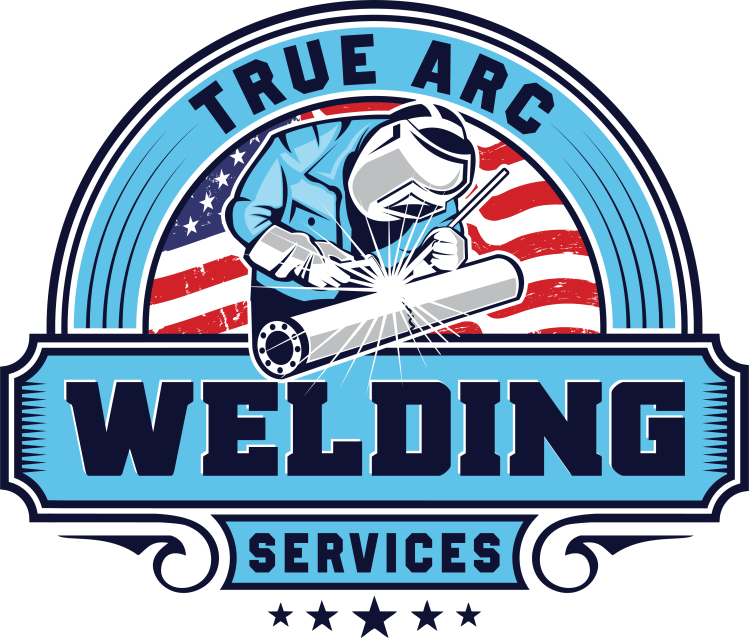Comprehensive Welding Inspection Service for Industrial Projects
Comprehensive Welding Inspection Service for Industrial Projects
Blog Article
Understanding the Different Kinds of Welding Techniques and Providers Offered

Review of Welding Strategies
Welding strategies incorporate a varied range of methods utilized to sign up with products together completely. One common method is arc welding, which entails producing an electric arc in between an electrode and the base material to melt and fuse them with each other. This technique is versatile and can be utilized with different steels, making it among the most extensively used welding procedures.

Furthermore, TIG welding, or Gas Tungsten Arc Welding (GTAW), is a exact and clean welding technique that makes use of a non-consumable tungsten electrode to create the weld. TIG welding is commonly used for thinner materials and gives excellent control over the welding procedure. In general, recognizing these different welding methods is important for picking one of the most ideal approach for various jobs.
Typically Used Welding Approaches
An array of generally used approaches are employed in the field of welding to successfully join products together. One of one of the most commonly utilized methods is Gas Metal Arc Welding (GMAW), also referred to as MIG welding. This approach utilizes a cable electrode that is fed through a welding gun, in addition to a securing gas to safeguard the weld from impurities in the air. One more common method is Secured Metal Arc Welding (SMAW), or stick welding, which uses a flux-coated electrode to produce the weld. Tungsten Inert Gas (TIG) welding is preferred for its precision and adaptability, using a non-consumable tungsten electrode to produce the weld. Flux-Cored Arc Welding (FCAW) is typically used in industrial settings because of its high welding speed and portability. Additionally, Submerged Arc Welding (SAW) is optimal for developing deep welds official statement on thick products. These typically utilized welding methods accommodate different requirements and materials, giving options for different welding applications.
Advanced Welding Solutions
Building upon the structure of generally used welding methods, the world of sophisticated welding services incorporates advanced methods and innovations that press the borders of accuracy and efficiency in product signing up with procedures. Advanced welding services typically involve specialized techniques such as laser welding, electron beam of light welding, and friction stir welding. Rubbing mix welding, a solid-state joining procedure, allows the welding of materials that are challenging to fuse using standard approaches, like aluminum and copper.
Specialized Welding Strategies

One more specialized welding method is laser beam of light welding, where a highly focused light beam of light is utilized look at these guys to join steels with marginal heat-affected zones and distortion. These specialized welding strategies showcase the diversity and development present in the area of welding, using solutions for a wide array of commercial applications.

Picking the Right Welding Process
With numerous welding strategies readily available, it is essential to take into consideration factors such as the kind of metal, density, joint style, and desired end outcome when selecting the appropriate welding procedure. Among the common welding approaches are Gas Metal Arc Welding (GMAW), Secured Steel Arc Welding (SMAW), Gas Tungsten Arc Welding (GTAW), and Flux-Cored Arc Welding (FCAW) GMAW, additionally understood as MIG welding, is appropriate for welding slim to thick steels and is functional in numerous positions.
Conclusion
Finally, understanding the numerous kinds of welding techniques and solutions readily available is essential for selecting the right technique for a certain job. By knowing the commonly used welding methods, advanced welding solutions, and specialized techniques, individuals can make informed decisions to guarantee the success of their welding tasks. It is important to take into consideration variables such as materials, task needs, and budget plan when picking the most suitable welding process.
From typical approaches like stick welding to advanced processes such as laser welding, the world of welding supplies a plethora of alternatives for joining steels with each other.Additionally, TIG welding, or Gas Tungsten Arc try this site Welding (GTAW), is a tidy and specific welding approach that utilizes a non-consumable tungsten electrode to create the weld. Advanced welding services usually involve specialized approaches such as laser welding, electron beam welding, and friction mix welding. Amongst the usual welding approaches are Gas Steel Arc Welding (GMAW), Secured Metal Arc Welding (SMAW), Gas Tungsten Arc Welding (GTAW), and Flux-Cored Arc Welding (FCAW) By being conscious of the frequently used welding approaches, progressed welding services, and specialized techniques, individuals can make informed decisions to make certain the success of their welding jobs.
Report this page